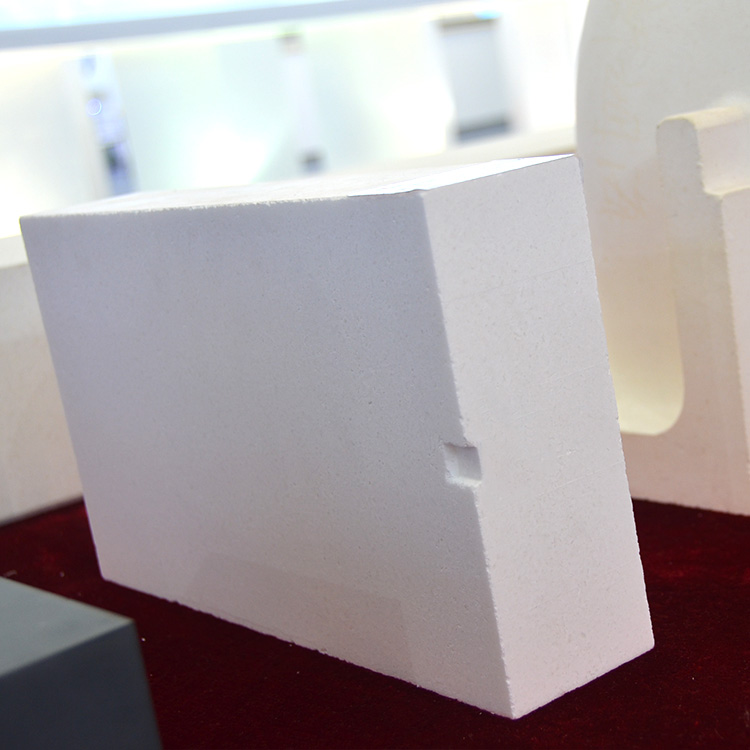
Selecting the ideal sintering tray for ferrite permanent magnets is critical in achieving optimal product performance and efficient manufacturing. The sintering process operates under demanding high-temperature, reducing atmospheres, making tray material properties and contamination control essential to maintain magnetic characteristics. This article explores the advantages of composite corundum-mullite trays and outlines common challenges like metal contamination, microcrack-induced inclusions, and surface degradation—factors that imperil magnetic material quality.
The sintering tray directly influences heat transfer uniformity, chemical stability, and surface integrity during ferrite magnet manufacturing. Key tray parameters include:
| Parameter | Ideal Value / Range | Impact on Sintering Quality |
|---|---|---|
| Chemical Purity | > 99.5% alumina & mullite composite | Minimizes metal leaching; prevents contamination of magnet surfaces |
| Porosity | 5–10% controlled open pores | Balances gas permeability and mechanical strength; reduces thermal stress |
| Thermal Conductivity | 2.5–3.5 W/m·K at 1000°C | Ensures uniform heating and sintering consistency |
| Thermal Expansion | ~6–8×10−6/K | Mitigates cracking by matching furnace cycle profiles |
Metal contamination poses the greatest threat to magnetic properties during ferrite magnet sintering. Sources include tray material impurities, surface wear exposing metallic inserts, and furnace atmosphere interactions introducing trace metals onto magnet surfaces. Even metal particle concentrations as low as 20 ppm can alter coercivity and remanence of ferrite magnets by 5–10%, a substantial degradation in performance for high-precision applications.
Composite corundum-mullite trays exhibit chemical inertness, resisting reaction or diffusion of metal ions at sintering temperatures exceeding 1200°C under reducing gas atmospheres (commonly H2/N2). Additionally, rigorous sintering batch protocols include:
Microcracks formed by thermal stresses during rapid temperature fluctuations or improper tray handling cause inclusion sites where contaminants accumulate, leading to non-uniform grain growth and mechanical degradation in sintered magnets. The intrinsic toughness and controlled porosity of composite alumina-mullite trays dissipate thermal gradients effectively, reducing the risk of crack formation.
Process optimization metrics include maintaining furnace ramp-up/down rates below 5°C/min and implementing intermediate dwell stages at 600–800°C to accommodate outgassing and structural relaxation. These practices have demonstrated reduction in thermal stress cracking by up to 30% in industrial sintering lines.

The typical reducing atmosphere composed of 10–20% hydrogen in nitrogen at temperatures around 1200–1250°C demands tray materials with high chemical stability and resistance to oxidation or reduction reactions that could alter tray morphology. Corundum-mullite composites maintain phase integrity without spalling or surface oxidation—as confirmed by thermogravimetric analysis (TGA) and differential scanning calorimetry (DSC) data showing negligible weight loss (<0.1%) after prolonged exposure.
Beyond material selection, operational consistency is vital. Recommended best practices include:
Case studies from leading magnet manufacturers have reported yield improvements up to 15% and reductions in QC failures related to microstructural defects after adopting these guidelines.

The synergy of high-purity composite corundum-mullite trays and rigorously controlled sintering conditions directly transforms product quality and operational efficiency in ferrite magnet production. By mitigating contamination and mechanical failures, manufacturers meet more stringent magnetic specifications and reduce wastage.
For tailored sintering tray selection strategies that align with your production environment and material requirements, do not hesitate to contact our technical support team for expert guidance and customized solutions.

